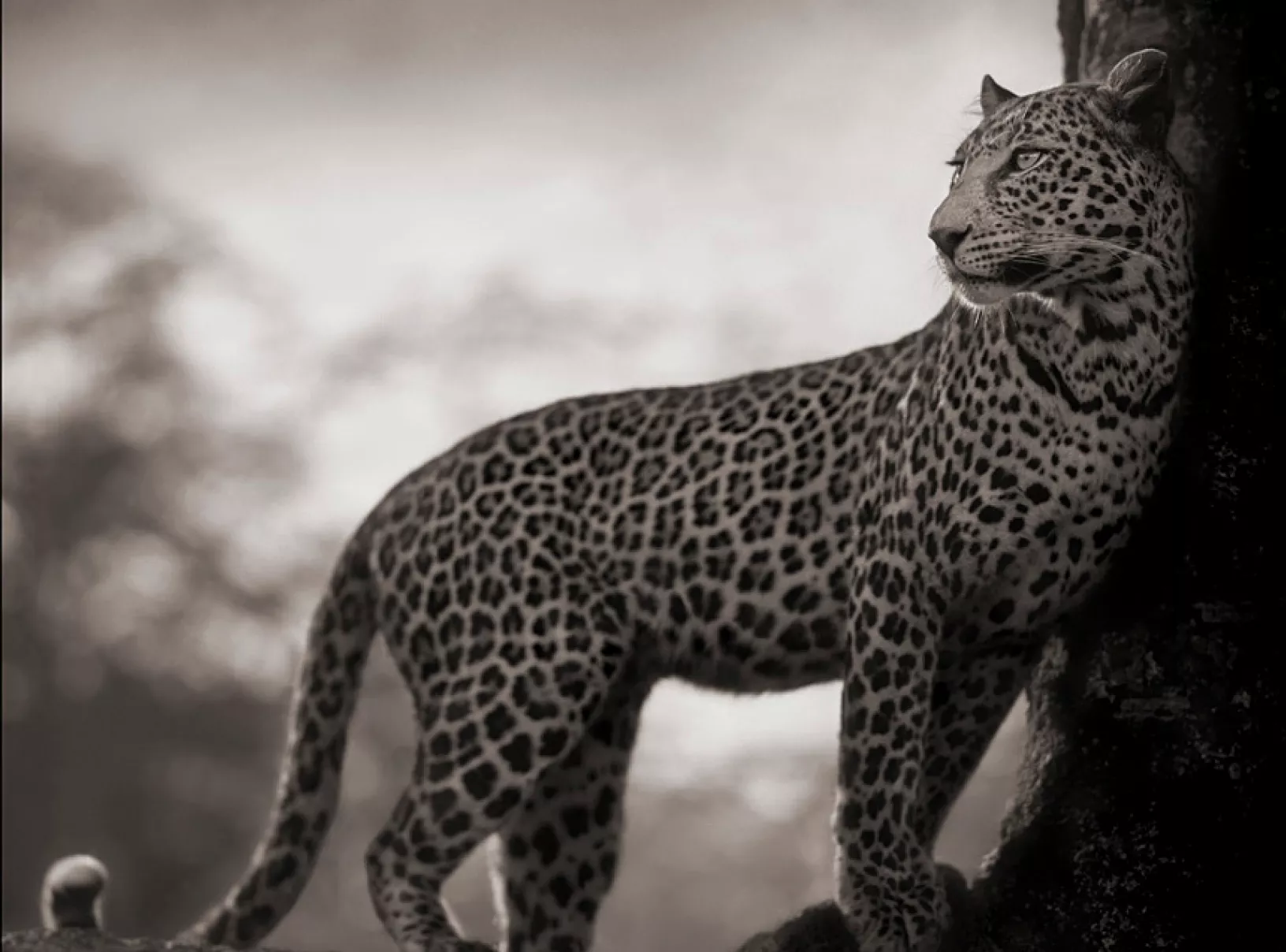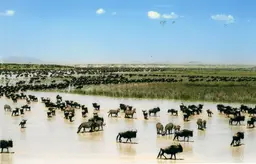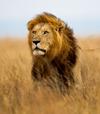When is the best time of the year to see the Great Migration?
There is no one “best” time to see the migration: it all depends on what you want to see – and what the rains are doing, as they largely drive the migration. But the rains are unpredictable and never the same each year. Most importantly, different months of the year offer different highlights and it is up to the traveller to choose which ones they are most excited to see.
The wildebeest spend much of the year grazing in the Serengeti plains. December to March is an exciting time, as this is calving season and the plains are full of baby wildebeest all preparing for their first incredible journeys. The herds spend most of their time on the short-grass plains of the southern Serengeti. In this region, wildebeest are everywhere you turn, providing an overwhelming insight to how big these herds really are. February is calving season – some 300,000 to 400,000 calves are born within two to three weeks of each other. The sea of grass provides little cover and these young are easy prey for carnivores.

Wildebeest calving season at Ndutu Safari Lodge
Fun Fact
Calves can run within minutes of being born, providing an incredible spectacle of life.
By April, as nutritious grass in the southern and central regions gets eaten up, the herds embark on their northern exodus to greener pastures. Then, usually from around May, the dry season takes hold and the grasslands start to wither. This is when the herds begin to gather, ready to head north on a quest for life-giving greener pastures. Massing together, they form an enormous single herd and pour northwards. It’s an endless cavalcade of grey, highlighted with flashes of black and white as zebras join in. They make their way through the western Serengeti in May, and by June and July, the masses are prepared for another dramatic natural display—river crossings. Two major rivers, the Grumeti and the Mara, lie in the path of the migration, and watching the herds cross these water bodies is an incredibly exciting experience- one that has seen countless nature documentaries.
First, herds start to gather at the riverside, fearful of crossing the crocodile-infested waters that could spell the end of their journey. Then, with no visible trigger, the first wildebeest will take a leap of faith into the river below, and the dam is broken. Hundreds of wildebeest immediately swarm across the river in a confusing crush of bodies, desperate to make it to the other shore. Though most will make it across, many will fall prey to the patient and hungry crocodiles these rivers are known for. If you are lucky, you may see herds of up to 50 000 beasts at one time.
By October, most of the masses have made their way to the northern Serengeti and Kenya’s famous Masai Mara, greeted by hungry lions waiting to chase down their prey in a heart stopping display of natural selection.
The wildebeest graze through the grasslands of the Mara into November until the arrival of the rains drive them to the northern Serengeti once more, completing their circular route- and it all starts again…
In the words of The Lion King…“It’s the circle of life, And it moves us all”.



























